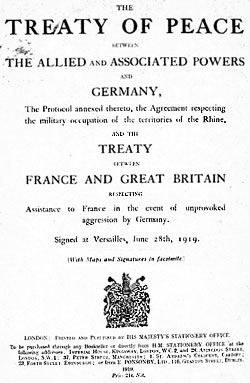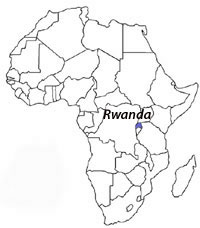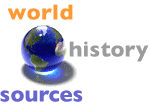|
How did the document shape policy, public response, or daily life? Did the document have a short-term influence? Were there any long-range implications?
The Kellogg-Briand Pact to outlaw war as an instrument of national policy was signed by numerous nations, but had no apparent impact on the frequency of war. Violation of the treaty, though, was used in the post-World War II prosecutions at Nuremberg. The Treaty of Versailles at the end of World War I was intended to usher in a world of peace based on the principle of national self-determination. World War II broke out 20 years later. The United Nations’ Universal Declaration of Human Rights was passed in 1948 but, although it stands as an ideal to be honored, the world is still home to egregious violations of the rights proclaimed in the document.

Treaty of Versailles |
|
Does the document you are examining seem to signal the end of a historical episode or era? Or is it a statement that shows a government unaware that it is on the eve of a crisis? Is the statement related to a forthcoming policy or shift in alliances or change in approach to an issue? Did the document seem to be a straightforward statement? Or did the document appear to be the tip of a historical iceberg of issues that became increasingly complex?
|
When you are assessing the impact of an official document, one of the best methods is to search for text that appeared in the original and that has been reproduced in subsequent documents. For example, the Universal Declaration of Human Rights, mentioned earlier, is the basis for prosecutions of war criminals by the United Nations following wars in Yugoslavia and Rwanda in the 1990s. When the member states of the United Nations adopted the Universal Declaration in 1948, they intended its provisions to become the basis for such prosecutions, in particular under the category of “crimes against humanity.” The Tribunals dealing with the wars in Yugoslavia and Rwanda were the first instances of these provisions being invoked since the Nuremberg and Tokyo Tribunals following World War II. |  |
|
If you read the UN resolutions setting up the Tribunals for Yugoslavia and Rwanda, you will find some of the language of the Universal Declaration reproduced verbatim. You will also find changes in the way that the intent of the Universal Declaration has been applied to the Tribunals. Historians are always alert to both continuities and changes over time.
 
|







